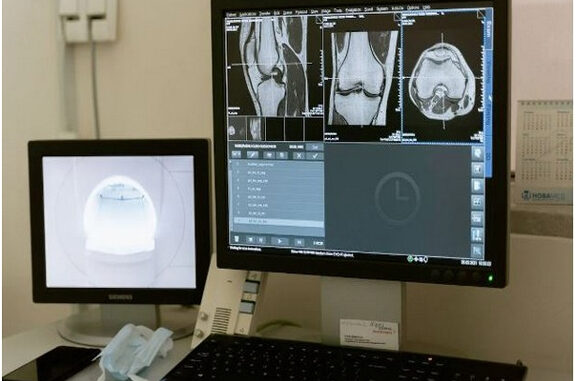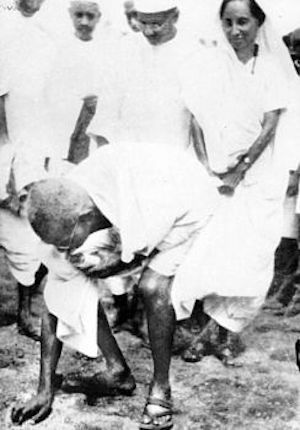
We are frequently told to “take a load off” when things get too much, but when it comes to bone maintenance, doing the opposite can be beneficial. Some important processes for how physical strain induces bone formation have been uncovered by Japanese researchers.
Researchers from the National Cerebral and Cardiovascular Center Research Institute have shown that load affects the expression of the peptide osteocrin (OSTN), which increases when load is applied and decreases when it is reduced, in a study that was published in the journal ‘Cell Reports’. Bones and skeletal muscles are strengthened by the load associated with exercise, preventing bone and muscle atrophy, and maintaining bone and muscle strength is important for maintaining physical activity. The growth of long bones, such as the femur and tibia, is a very complex process controlled by genetic and environmental factors, such as exercise and gravity.
“Not much is known about how mechanical force initiates biochemical signals to control bone growth,” says lead author of the study Haruko Watanabe-Takano. “We investigated how load is related to the metabolic balance adjustment of bone maintenance.” Bone is maintained by the balanced activities of two types of cells – osteoblasts, which make bone, and osteoclasts, which break down bone – and is thought to be made in response load demand.
Specifically, the team investigated the expression of OSTN, a peptide produced by osteoblasts, in mice. OSTN is critical to the regulation of bone growth, as well as physical endurance.
The researchers found that OSTN was very strongly expressed in bones such as the tibia, radius, and ulna, and in the region where the load was applied. Additionally, they showed that OSTN was secreted by the periosteal osteoblasts in these bones. The periosteum is a membrane found on the outer surface of bones, except at the joints of long bones, and is involved in bone remodeling and production, especially during growth.
Source: ANI





Be the first to comment